
All categories
Featured selections
Trade Assurance
Buyer Central
Help Center
Get the app
Become a supplier

(1701 products available)
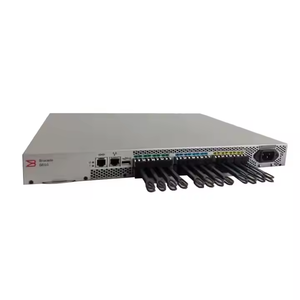


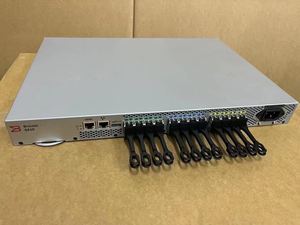
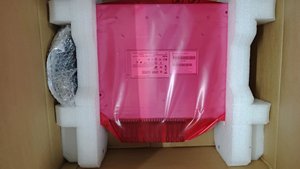



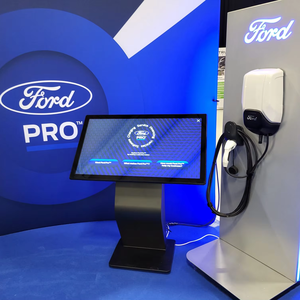















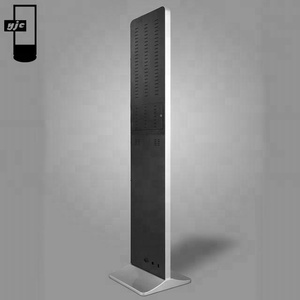
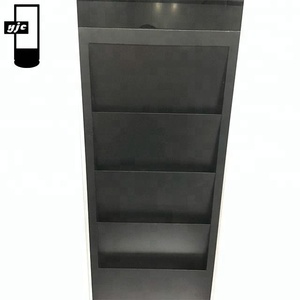


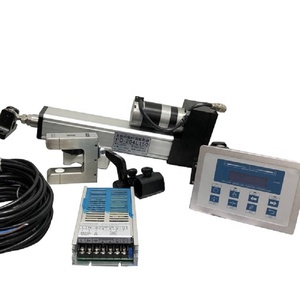








Web guiding systems come in various types to serve a multitude of desired applications and industries that webbing may be used in. The primary difference in types is the web's materials, widths, and the operating environments that are to be accounted for.
Systems that are manual types or hand-operated are basic. The operator controls web alignment of the material by making adjustments as needed through manual control systems. These systems often find application in small-scale operations and provide a solution when low production demands allow for something manual.
Web guiding systems that focus on the edge of a webbing sheet use edge detection technology. They will have sensors that read the web edge and then send commands to adjustment devices, like rollers or drums, to maintain the right alignment. Edge-tracking guides are suitable for narrow webs used in printing or coating.
Centering systems keep the web in the center. They have sensors that detect the center of the web and apply corrections if needed, such as moving particular guide rollers. Centering guides are widely used in multiple industries, such as when running films, foils, and papers, where keeping even pressure across the material is necessary.
Web guiding systems sync up with existing production equipment, like rollers, to ensure the web stays aligned. They rely on sensors to monitor the machine environment and apply the necessary corrections. Synchronous guide systems prove very useful in large-scale manufacturing, as they tend to integrate easily, requiring little extra work.
Combination guiding systems utilize more than one technology. For instance, an edge-tracking and centering combination system uses both to get superior alignment. They offer more precise control over complex operations. Multi-technology guides are suitable when using multiple types of materials with diverse characteristics.
Feedback-controlled systems rely on real-time data on the web's position and operating parameters. They are sophisticated designs that continuously monitor the web and adjust rollers or drums based on the input data. These systems are widely used when high web guiding precision is required, especially in operations where web stretching is a possibility.
Web guiding systems find usefulness in various industries, helping to align materials in complicated processing. Guidance systems prove vital in the operation for the optimal performance of such procedures. Hence, they are frequently employed in numerous production tasks.
These systems are crucial to alignment during the printing of papers, labels, and packaging. They help prevent misprints and assure even ink distribution by keeping the web level. Print quality greatly increases, and waste is minimized, thanks to web guiding systems.
Web guides help in coating and laminating materials' consistent application during such processes as packaging. They ensure that webs of films and foils remain aligned and that consistent packages are produced. Web Guiding Systems help improve packaging strength and look, making them vital in this industry.
Systems perform the important function of web guiding in the textile industry where they help maintain the position of fabric webs during critical operations like coating, printing, and laminating. They help prevent skewing and assure even treatment by keeping the webbing aligned. Web guides help enhance the final product's quality and decrease wastage in this highly demanding industry.
The guiding systems are needed in industries that perform electroplating or other types of metal finishing. They help maintain the metal sheets' correct alignment during some critical processes. Misalignment can lead to an uneven coating job, damaging the quality. In metal finishing industry, web guides enhance safety and reliability and increase efficiency.
Guided systems are vital during converting processes such as slitting, sheeting, and cutting. These processes treat or convert the same flexible materials as in other processes. Maintaining alignment preserves quality and reduces waste; thus, web guides are critical in these operations.
Web guiding systems are essential to the solar energy industry. For example, roll-to-roll systems maintain alignment between consecutive production steps while manufacturing photovoltaic cells. These web guides help enhance quality and output. Moreover, since solar panels are vital to the renewable energy market, their contribution to their manufacture is significant.
The following are some of the main features of web guiding systems and the systems' specifications.
These components include rollers, drums, or plates that will steer the webbing sheet into the correct position. Materials used in mechanical parts are usually strong steel alloys. Components undergo stresses and need to be durable. Wide guides require wider rollers, while narrow guides need narrow rollers. Guide configuration depends on the machine and web type.
Edge detectors, laser alignment readers, or cameras provide information on web alignment. These devices detect misalignment. Sensor types chosen depend on the webbing sheet's width, speed, and environmental light conditions. For example, printing environments may use vision systems, while outdoor industrial applications may use durable edge sensors.
Control systems process sensor data and send commands to adjust mechanical components. Controls should quickly match production speed. In other words, systems with more complex feedback controls require more powerful processors. The control system can be manual, automated, or combined.
Actuators implement adjustments to the web guide. Common actuation methods are pneumatic, electric, and hydraulic. Electric actuators are suitable for most web guiding systems because they are easy to maintain and install. These regulators are suitable for tasks that require average torque and speed. Meanwhile, during heavy-duty tasks, hydraulic actuators are practical. On tasks where there are low or medium loads, pneumatic actuators work great.
Guide systems easily integrate with most existing production lines. However, the extent of this integration will depend on the production setup. The most convenient systems install quickly. Moreover, implements needing close synchronization may require redesigning to install the new guide. Installation difficulty varies between models.
Guided systems demand periodic checks to function correctly. Common maintenance practices involve cleaning sensors, lubricating guides, and checking for wear. Materials used in making the web guiding systems are strong, making them suitable for heavy industries. Again, prominent systems have low maintenance needs. Some systems self-adjust and therefore require little monitoring.
Selecting the right web guiding system for any application requires considering various parameters. Understanding the following parameters helps guarantee a good web guide system selection.
The type of material will determine the guide employed. Some systems are better than others when it comes to light. Therefore, one should analyze the material that will go through the guide system and choose a system that will meet this demand.
Guides align the entire width of a material. A guide that best suits a narrow material will not work for a broad one, and vice versa. Select a guide designed for the precise width of the material. All parts of a complex production line work together. This way, the chosen system integrates smoothly for optimal functioning.
Pick a guide holding up the operational speed. Low-speed models work just fine in modest environments. Fast-paced production lines demand high-performance systems. They quickly process sensor data and adjust in real time. This helps avoid misalignment even at peak speeds.
Guides work without disrupting existing production setups. Installations are seamless, and operations continue without significant changes. Web guides commonly demand little redesigning in the systems they integrate into.
Consider doing this in environments that are hot, dusty, or involve high humidity. Some of these guiding systems are better suited for harsher conditions than others. Pick guides that perform in the environment where they will be placed.
Select sensors that accurately detect material alignment. Sensors handle edge detection or alignment focusing. High-precision systems employ multiple sensor types for feedback. This way, they ensure the material remains aligned throughout the process.
Initial costs are affordable, while long-term operational and maintenance costs stretch. Web guides come with different prices depending on their specifications. Reflect on expenses as compared to the gains they could bring. Choose a guide that suits both the financial capabilities and needs.
A1: Yes. These systems find applications in many industries. They can perform coating and laminating tasks and keep fabric webs aligned in the textile industry. Moreover, these systems help maintain alignment during printing, packaging, and metal-construction processes. Web guiding systems are versatile tools for improving product quality across many industries.
A2: The main components of these systems are mechanical parts, control units, sensors, and actuators. These elements cooperate to detect misalignments, process the information, and correct the errors. They do so by adjusting the mechanical components guiding the webbing material.
A3: Although modern web guiding systems have come a long way in reducing their demands, they still require periodic maintenance. Lubricating parts and cleaning sensors should be routine.
A4: These systems guide the material web throughout production processes. They ensure the material remains aligned despite its characteristics or the working conditions.
A5: They provide alignment control during the roll-to-roll process. This helps enhance efficiency and improve the quality of photovoltaic cells, leading to better-performance solar panels.